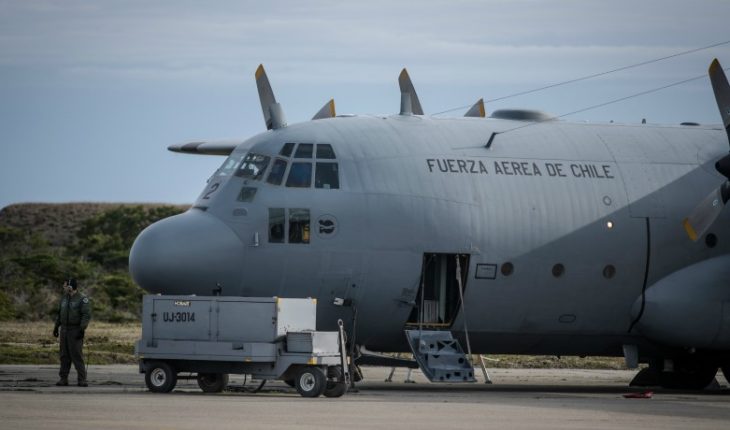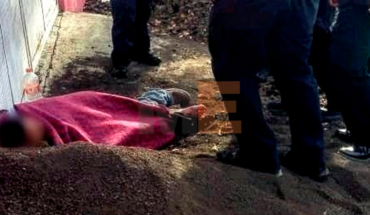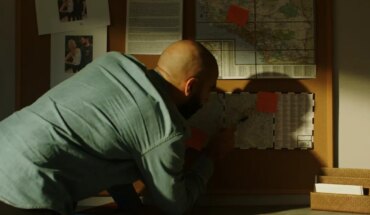Magellan Regional Prosecutor’s Office went from caratular as alleged disgrace to quasi-crime of homicide in the investigation into the tragedy of Hercules C-130, which fell into the Drake Sea with 38 passengers in December 2019.As reported By El Mercurio, a of-2 Air Force officer sent to the prosecutor who bears the cause, Eugenio Campos, realizes that there were records of two damages and that the aircraft carried “dangerous goods”. In this way, Campos sent an office to the National Prosecutor’s Office to request international legal assistance from the U.S. Department of Justice to help contact Loockheed Martin to provide information on the Aircraft. Campos argued that “in the view of the Public Prosecutor’s Office, the facts investigated constitute a quasi-crime of homicide, as a consummate degree of development, and the determination of the accused is pending.” According to the information gathered by El Mercurio, the decision was due to the existence of a key document sent by the General Secretariat of the Command-Chief of the Chilean Air Force to the prosecutor’s office on 27 January. It details the cargo of the aircraft, those who participated in its maintenance, the baggage review protocols and two damages that the aircraft had, detected by maintenance personnel of the Second Air Brigade and group 10 of the same brigade. The first malfunction states that on the day of the accident, when the ship was in Punta Arenas, Corporal First Leandro Torti, an air electronics specialist who subsequently died in flight, called the maintenance personnel in Santiago, so that they will check if there would be a spare for the oil cooler flap actuator, “as the actuator failed.” The FACh detailed in the document that each aircraft engine has one of those devices that serve to regulate the airflow that passes through the radiator that cools the engine oil manually or automatically. On this point, the FACh notes in an explanatory note that “the operation of the inoperative cinema k oil cooler flap aircraft is permitted, as indicated by the technical documentation of the aircraft commonly used among the operators of the international C-130. Regarding the second fault is related to two fuel tanks, indicating that it had a failure to indicate the amount of fuel in pond No. 1 and No. 4″. In view of what the FACh responded in the above-mentioned document that the aircraft has eight fuel ponds that possess its indicators, plus one that totals and represents the amount of all of them.” The operation of the aircraft with damage to a fuel quantity indicator is permitted, as indicated by the technical documentation of the aircraft,” adds the FACh.Also adds later than for crew and passenger belongings, the institution does not have in its passenger terminals of the II and IV Air Brigades (Santiago and Punta Arenas) with X-ray systems.The packages had 25 tinetas of 18 liters of paint, 59 gallons catalyst component B, 30 gallons of anticorrosive, 22 drums of five Liters of thinner, three gallons of synthetic enamel, 12 caps, disposable divers and other items. Prosecutor Campos asks on this point whether any kind of cargo considered dangerous was carried, to which the FACh replies in the trade that there were two lumps “of the cargo manifest (…) containing dangerous goods according to NOFA 100.323”. For his part, the lawyer Maximiliano Delgado, who represents 15 families, argued that “our thesis, in all cases, point to the responsibility of the institution, because the factors that led to this tragedy relate to factors outside the crew, with non-military flight operations on a military aircraft, contrary to the FACh’s top authority that classifies it as a highly risky military flight.”
translated from Spanish: Hercules C-130: Prosecution investigates tragedy as “murder quasi-crime”
March 1, 2020 |





